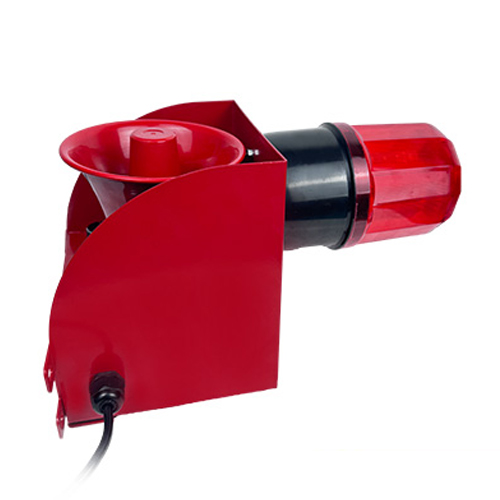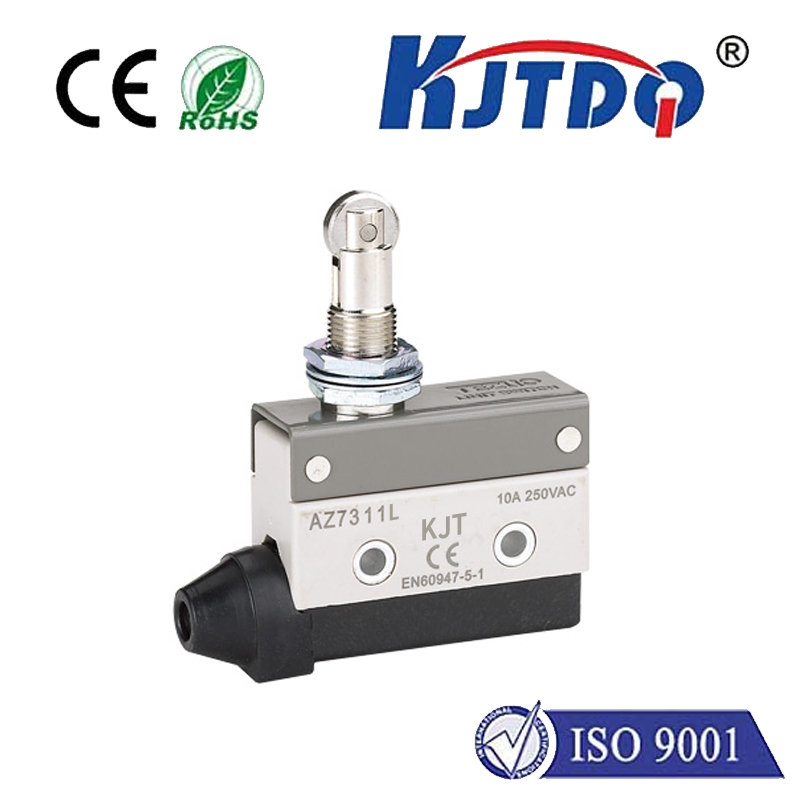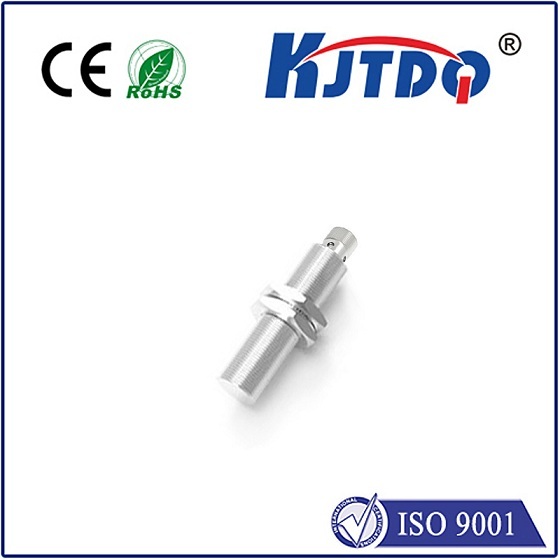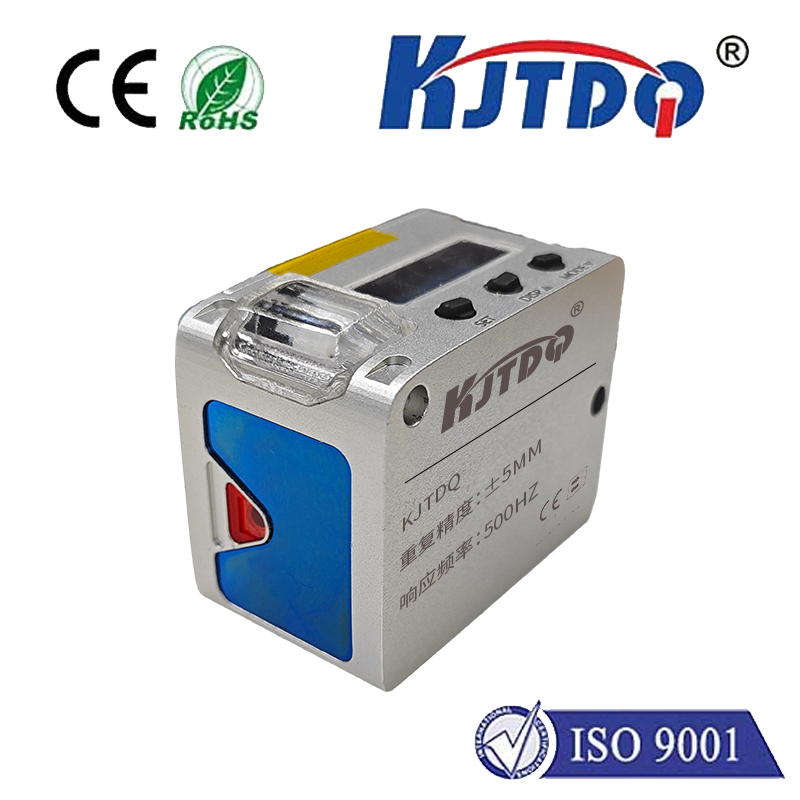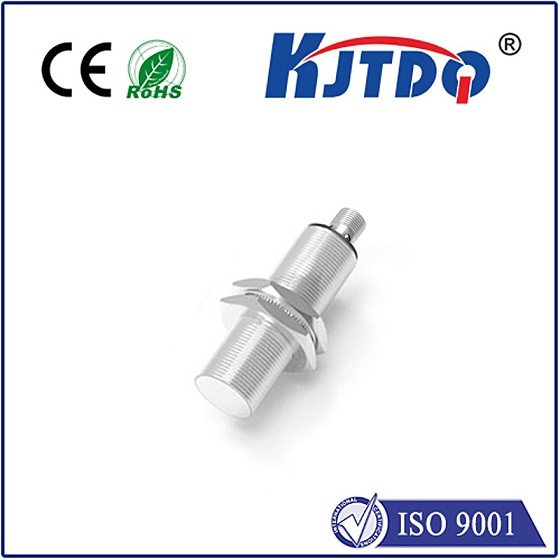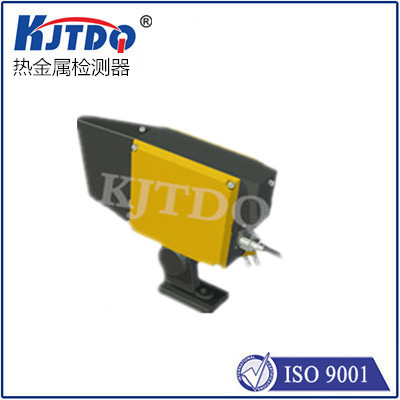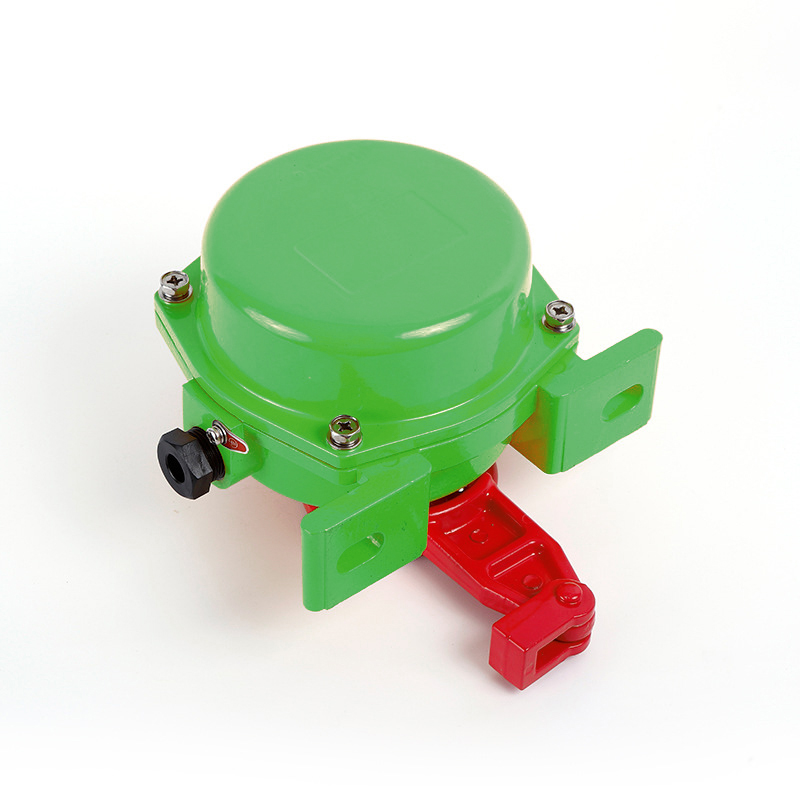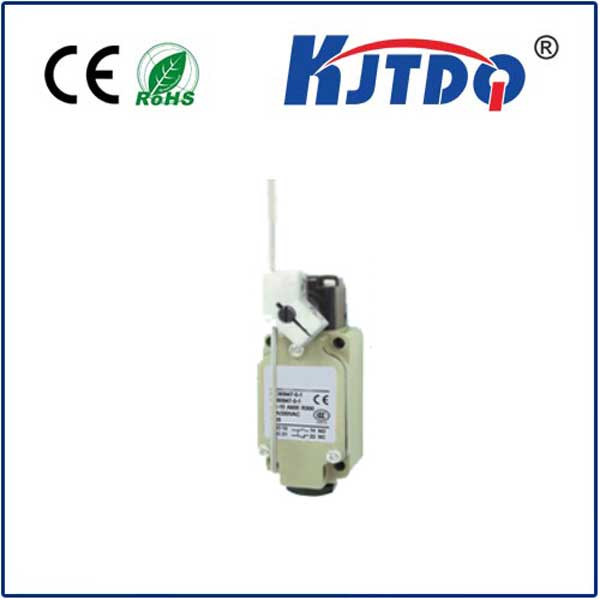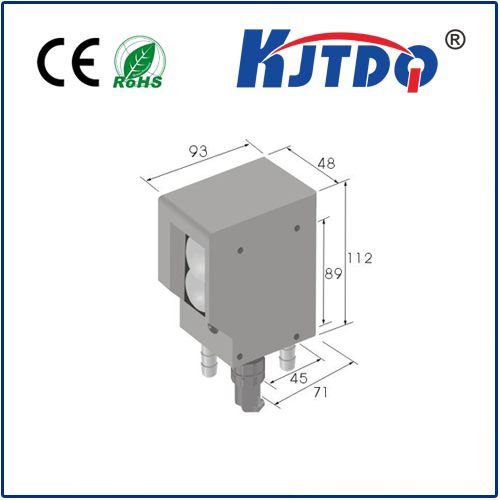
Enhancing Smart Home Security: The Role of Object Presence Sensors In the realm of smart home technology, security systems have evolved from basic alarm setups to sophisticated networks of sensors and devices. Among these advancements, object presence sensors have emerged as a key component in creating safer and more responsive living environments. These sensors are designed to detect the presence or absence of objects within a designated area, providing an additional layer of security that goes beyond traditional motion detectors. Object presence sensors operate on the principle of monitoring changes in a defined space. Unlike motion sensors that primarily react to movement, these sensors can identify whether an object—be it a person, pet, or even an inanimate item—is present within their detection range, regardless of activity. This capability is particularly beneficial in scenarios where unauthorized access or tampering might occur without significant movement, such as someone quietly opening a drawer or cabinet. One of the most significant advantages of implementing object presence sensors in smart homes is their ability to reduce false alarms. Traditional motion sensors often trigger alerts for benign activities like pets moving around or curtains swaying due to wind. However, when paired with object presence sensors, the system gains context; if the motion sensor detects movement but the presence sensor does not indicate any new object has been introduced, the alert can be filtered out. This dual-layer approach greatly enhances the accuracy of home security systems, ensuring that genuine threats are addressed while minimizing unnecessary disruptions. Moreover, object presence sensors contribute to energy efficiency in smart homes. By accurately determining if spaces are occupied or vacant, these sensors can optimize heating, cooling, and lighting systems accordingly. For instance, if a room is unoccupied for an extended period, the system can automatically reduce energy consumption by lowering the thermostat and dimming lights, thereby promoting sustainability without compromising comfort when occupants return. Integration with smart home assistants further amplifies the utility of object presence sensors. Users can receive real-time notifications about unusual activities or confirm that family members have safely returned home by simply asking their voice assistant for updates. Additionally, these sensors can work in conjunction with other connected devices, such as cameras, to provide visual verification of potential security breaches, enhancing situational awareness and enabling prompt action. In conclusion, object presence sensors represent a significant leap forward in smart home security and automation. By offering precise detection capabilities and contributing to reduced false alarms, energy efficiency, and seamless integration with other smart devices, they play a crucial role in creating intelligent living spaces that prioritize safety, convenience, and sustainability. As technology continues to advance, we can expect even more innovative applications for object presence sensors, further solidifying their position as essential components of contemporary smart homes.
